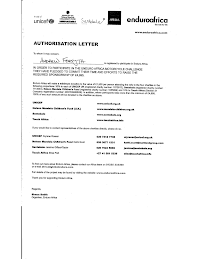This weekend, there appeared an interesting NY Times letter to the editor by International Women’s Health Coalition President Adrienne Germaine in response to last week’s Hope in South Africa piece. Two comments are offered here to the claims that male-focused HIV prevention strategies in South Africa will not benefit the nation's women.
Your suggestions for H.I.V. prevention, and those of some of the scientists you refer to, show remarkably persistent neglect of the most likely to be infected: girls and women.
Babies are infected because women lack access to the necessary health services and, more important, H.I.V. prevention in the first place. The little evidence available on adult male circumcision indicates no protective effect for men’s partners, and it may, in fact, affect women negatively.
The three large clinical trials that have been conducted have estimated male circumcision (MC) to be 50 – 60% efficacious for preventing heterosexually acquired HIV from women to men. If stable male partners represent the single greatest risk factor for HIV exposure to women, modeling studies have suggested that male circumcision could “substantially protect men and women.”
Any post-surgical increase in risk that it could affect transmission risks for women and men – viz., the resumption of sex prior to wound-healing or increases in risk behavior due to exaggerated beliefs of the protection MC confers – can likely be mitigated by effective and appropriate prevention counseling. Note that MC is not considered an effective means of preventing male to female transmission of HIV.
The piece continues:
A sustainable approach to ending South Africa’s epidemic requires putting women at the center of H.I.V. prevention efforts by ensuring access to female condoms, comprehensive sexuality education for all young people, and full protection of girls’ and women’s human rights.
In fact, knowing what combination of strategies would work to curb HIV in South Africa, much less be sustainable, is not well understood. Without a doubt, ensuring appropriate legal protections for girls and women is a critical structural intervention that could bring immediate benefit.
But as others have noted, the persistence of HIV in countries like South Africa and others may be attributed to insufficient scale-up of effective prevention strategies (e.g., ARV treatment for those living with the virus), inadequate targeting of prevention services for those most at risk, or the deployment of inefficacious prevention strategies.
Given the available data, I think we can be fairly confident that strategies that reduce HIV infections among at-risk, heterosexual men are likely to prevent infection in women. Anything that brings men to the table as active participants in the fight to stem the pandemic, like the Brothers for Life campaign, should be considered - even if it ostensibly takes the focus off of women.




No comments:
Post a Comment